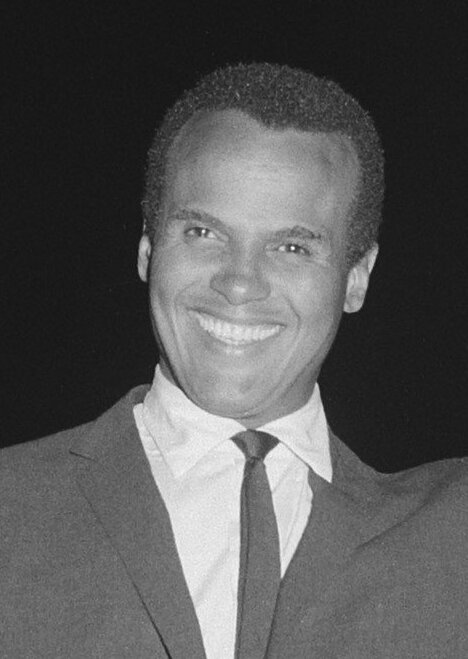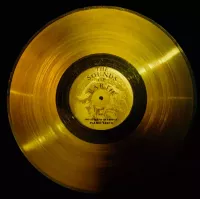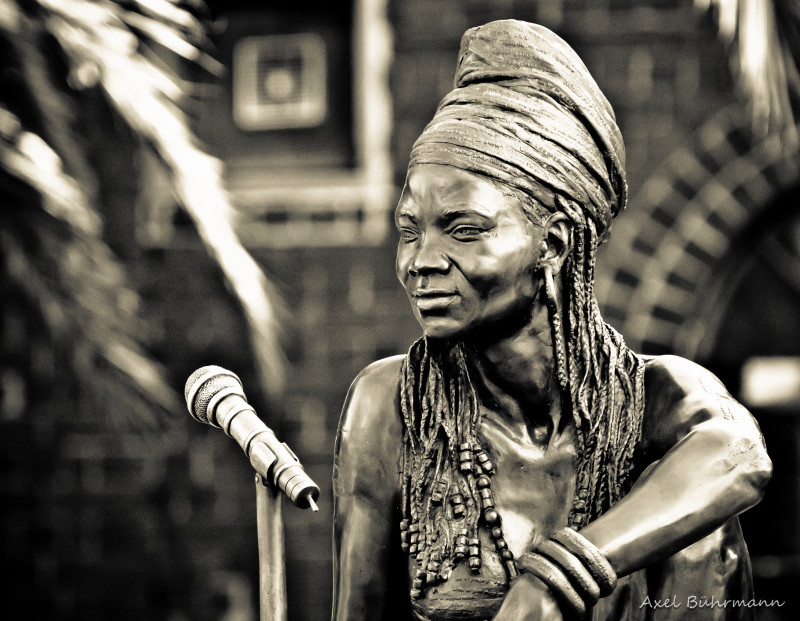Brenda Fassie, widely recognized as "MaBrrr", "Queen of African Pop", or "The Black Madonna", was a prominent South African singer, songwriter, dancer, and activist. Known for her audacious stage presence, which contrasted her Xhosa name meaning "quiet" or "peace", she made a significant impact on the African music scene.
November 1964: Birth of Brenda Fassie
Brenda Fassie was born in Langa, Cape Town in November 1964.
November 1964: Birth and Early Life
Brenda Fassie was born in Langa, Cape Town in November 1964. Her father passed away when she was two, and she started singing for tourists with her mother, a pianist.
1981: Move to Johannesburg and Music Career Beginnings
At 16, Brenda Fassie moved to Soweto to pursue music. She joined the group Joy and later became lead singer of Brenda and the Big Dudes.
1985: Birth of Bongani Fassie
Brenda Fassie gave birth to her son, Bongani, in 1985.
1988: Collaborations with Miriam Makeba and Harry Belafonte
Brenda Fassie collaborated with Miriam Makeba on "Sangoma" and Harry Belafonte on "Paradise in Gazankulu" in 1988.
1989: Marriage to Nhlanhla Mbambo
Brenda Fassie married Nhlanhla Mbambo in 1989.
1990: Release of "Black President"
Brenda Fassie released "Black President" in 1990 as a tribute to Nelson Mandela.
1991: Divorce and Struggle with Addiction
Brenda Fassie and Nhlanhla Mbambo divorced in 1991. Around this time, Fassie developed a cocaine addiction that impacted her career.
1995: Personal Tragedy and Rehabilitation
In 1995, Brenda Fassie was found with her partner Poppie Sihlahla, who had fatally overdosed. This led to Fassie entering rehabilitation and reviving her career, though she continued struggling with addiction.
1996: Release of "Now Is the Time"
Brenda Fassie released her solo album "Now Is the Time" in 1996.
1996: Kora Awards Recognition
Brenda Fassie was named Most Promising Female Artist of Africa and Best Female Artist of Africa at the 1996 Kora Awards.
1997: Release of "Paparazzi"
Brenda Fassie released her album "Paparazzi" in 1997.
1998: Release of "Memeza"
Brenda Fassie released her album "Memeza" in 1998, which became the best-selling album in South Africa that year.
1999: Release of "Nomakanjani"
Brenda Fassie released her album "Nomakanjani" in 1999.
1999: South African Music Awards Wins
Brenda Fassie won Best Female Artist and Song of the Year at the 1999 South African Music Awards.
2001: Kora Awards Jury Special Award
Brenda Fassie received the Jury Special Award at the 2001 Kora Awards.
2001: "The Madonna of the Townships"
Time magazine dubbed Brenda Fassie "The Madonna of the Townships" in 2001.
April 2004: Brenda Fassie's Hospitalization
Brenda Fassie was hospitalized in April 2004 after collapsing. Initially reported as cardiac arrest, it was later revealed she was in a coma due to a cocaine overdose and resulting brain damage.
May 2004: Death of Brenda Fassie
Brenda Fassie died in May 2004 at age 39, without regaining consciousness, after being taken off life support.
2004: South African Music Awards Wins
Brenda Fassie won Best-Selling Release of the Decade and Best Song of the Decade at the 2004 South African Music Awards.
2004: Contribution to "Yizo Yizo" Soundtracks
Brenda Fassie's music was featured on two soundtrack albums for the TV series "Yizo Yizo" in 2004.
2005: "I'm So Sorry" Tribute
Bongani Fassie releases "I'm So Sorry", a tribute to his mother, for the movie "Tsotsi".
2005: Posthumous Recognition
Brenda Fassie received the Lifetime Achievement Award at the 2005 South African Music Awards.
March 2006: Brenda Fassie Statue Unveiling
A bronze statue of Brenda Fassie, created by artist Angus Taylor, was unveiled outside Bassline music venue in Johannesburg in March 2006.
Mentioned in this timeline

Harry Belafonte was a prominent American singer actor and civil...
Africa is the second-largest and second-most populous continent comprising of...

A tornado is a rotating column of air connecting the...

Music is a cultural universal involving the arrangement of sound...
South Africa officially the Republic of South Africa RSA is...
Trending

2 months ago Lily Allen Opens Up About Marriage to David Harbour and Personal Struggles.
6 months ago Angola: Call for Electoral Law Improvements and Transparency Assurance by President

2 months ago Colin Jost and Jimmy Kimmel Mock Trump's Nobel Peace Prize Loss
8 days ago Jalen Williams' Impact: Thunder, Warriors Matchups, Dort's Future, Injury Return
Keldon Johnson is an American professional basketball player currently playing for the San Antonio Spurs in the NBA Prior to...

6 months ago Brokeback Mountain's 20th Anniversary: Challenging Hollywood and impacting audiences, starring Heath Ledger.
Popular

Candace Owens is an American conservative political commentator and author...

Ilhan Omar is an American politician currently serving as the...

XXXTentacion born Jahseh Dwayne Ricardo Onfroy was a controversial yet...

Tom Cotton is an American politician and Army veteran currently...
The Kennedy Center Honors are annual awards recognizing individuals and...

Kelsey Grammer is an accomplished American actor producer and singer...
